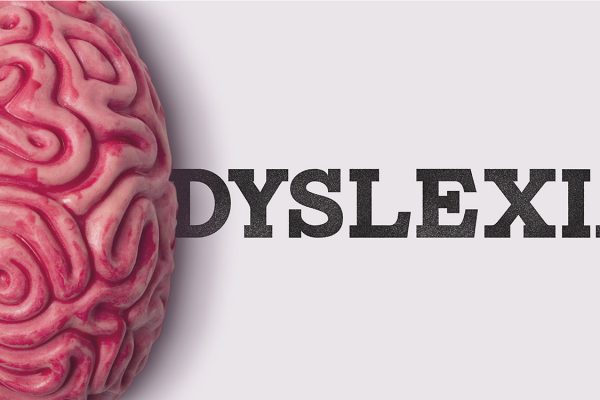Generally, dyslexia is associated with problems with reading, writing, and associating speech. However, many people with dyslexia also face difficulties in maths. It can be hard for the child to grasp all the symbols and their meaning. This misunderstanding later translates into poor performance in Maths. So, this blog post will highlight a few steps that will show how to make maths easy for dyslexic kids. The first step in this process is to enroll your child in a Maths tuition in Chennai that caters to the needs of dyslexic children.
A study highlights that around 60% of people with dyslexia struggle with Maths. This gap in understanding is attributed to the inefficiencies of three cognitive skills—Memory, Phonological deficit, and Processing. Hence, let us now explore the steps to make maths easy.
Barrier #1 – Comprehension and reading
You might ask what has reading and comprehension has to do with a numerical subject like Maths. Well, a learner has to understand the vocabulary associated with the subject first. For instance, only when the meaning of the word ‘addition’ is understood, a person can take the right step. It also requires the understanding of symbols like +, -, x, and %.
Solution
The assistance of a kids brain trainer is necessary for the child. The expert will use bar graphs & visuals to simplify the complex word problems that help the students comprehend lengthy sums in no time.
Barrier #2 – Retention and processing
Memory is a key element in mathematics. A person has to remember the concepts, techniques, and steps that will give the answer. Both short-term and long-term memory is required to solve problems. A dyslexic kid needs to keep the numbers involved in that particular sum in the short-term memory while recalling the techniques to get the answer from the long-term memory. It can be a challenge for these kids.
Solution
The best way to make kids with low working memory improve is to make the learning more concept-based rather than focusing on the methods. Like we saw in the previous step, a pictorial representation will benefit these kids to a large extent and enhance their retention capacity. Effective memory improvement techniques can lay the foundation for increasing the children’s brainpower and enable them to perform better at maths.
Barrier #3 – Written calculations
The traditional model of learning will ask for written calculations to arrive at an answer. Therefore, memory and concentration on the task are necessary. However, dyslexic children could have problems with remembering the sequence and the orientation. It can mislead them into giving the wrong answers.
Solution
It is very beneficial to start with child concentration exercises to improve the overall focus of the child. For the short term, color codes will help remember the direction in which the sum has to be done. Some learners would confuse left and right. For instance, a division must be performed from the left while addition from the right. Therefore, you can indicate the direction using a colored arrow. It will be very helpful for the child.
Confidence and high self-esteem are the building blocks of improvement in a dyslexic child. Therefore, everyone must get the chance to learn and explore. Get in touch with Sugsar for assistance with Dyslexia and ADHD treatment in Chennai for your child.



